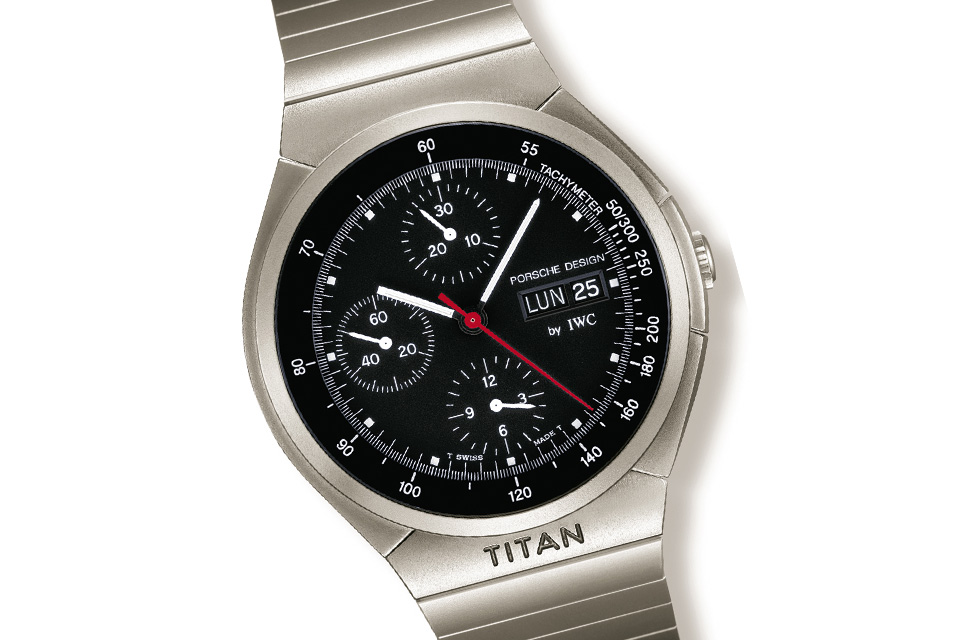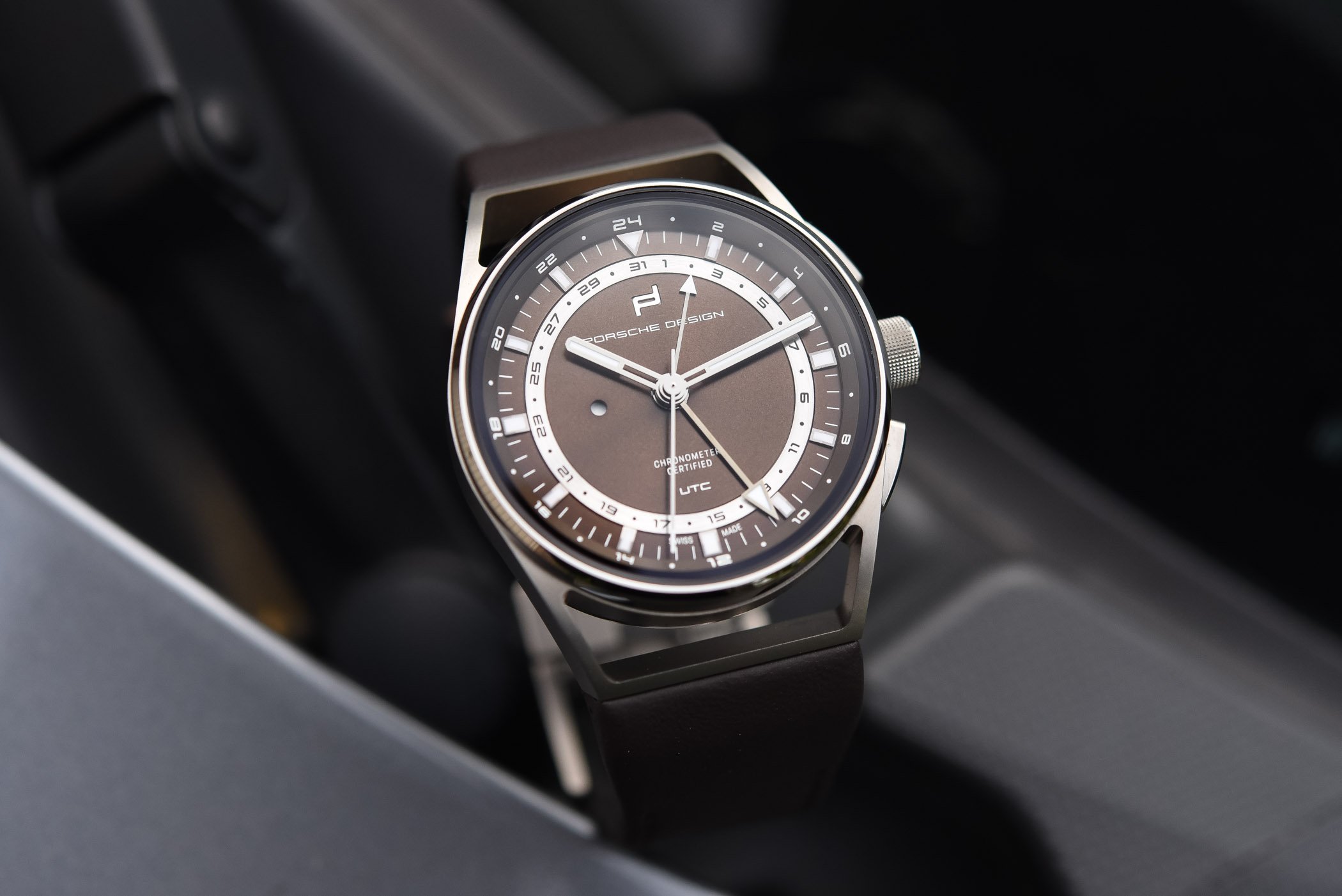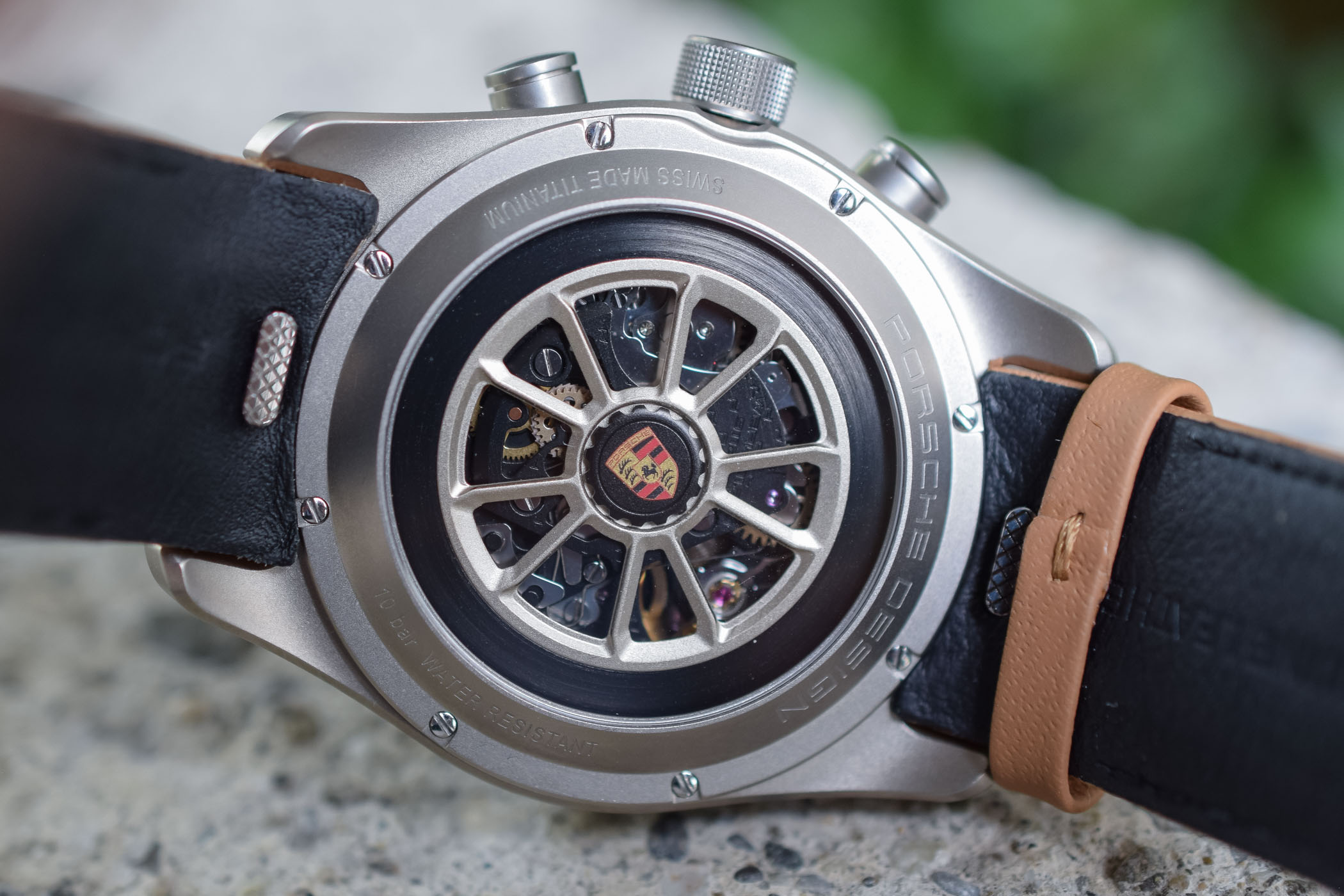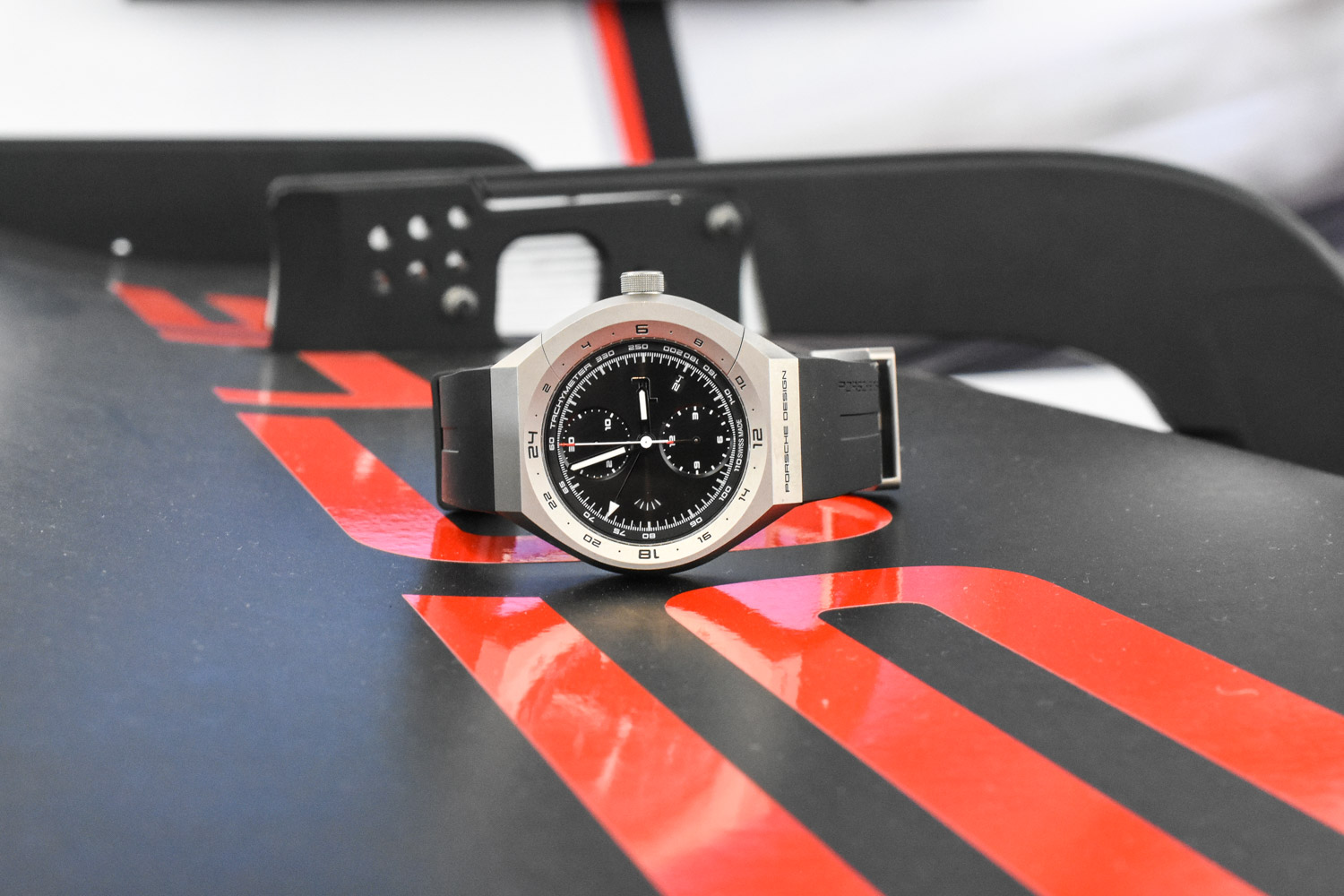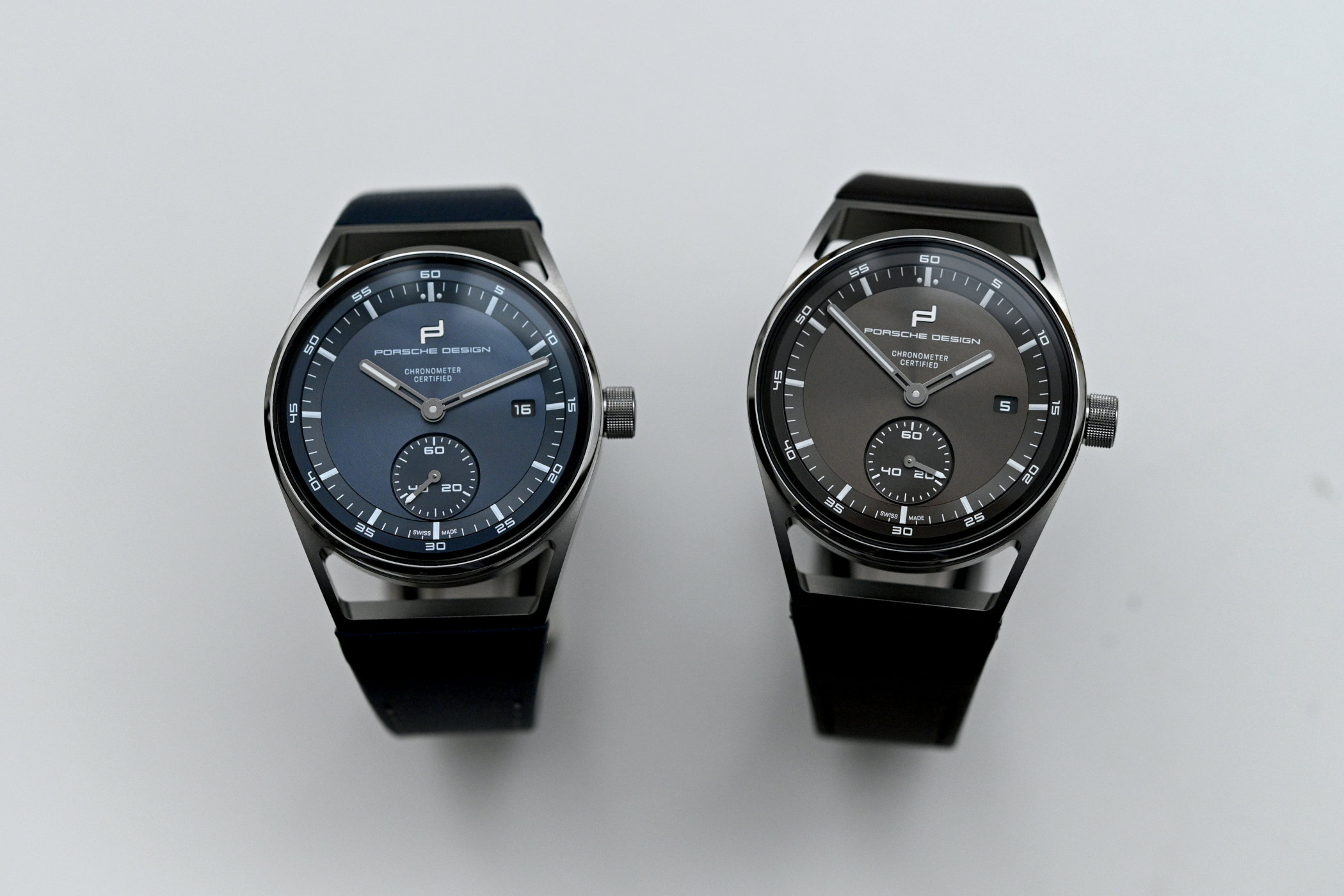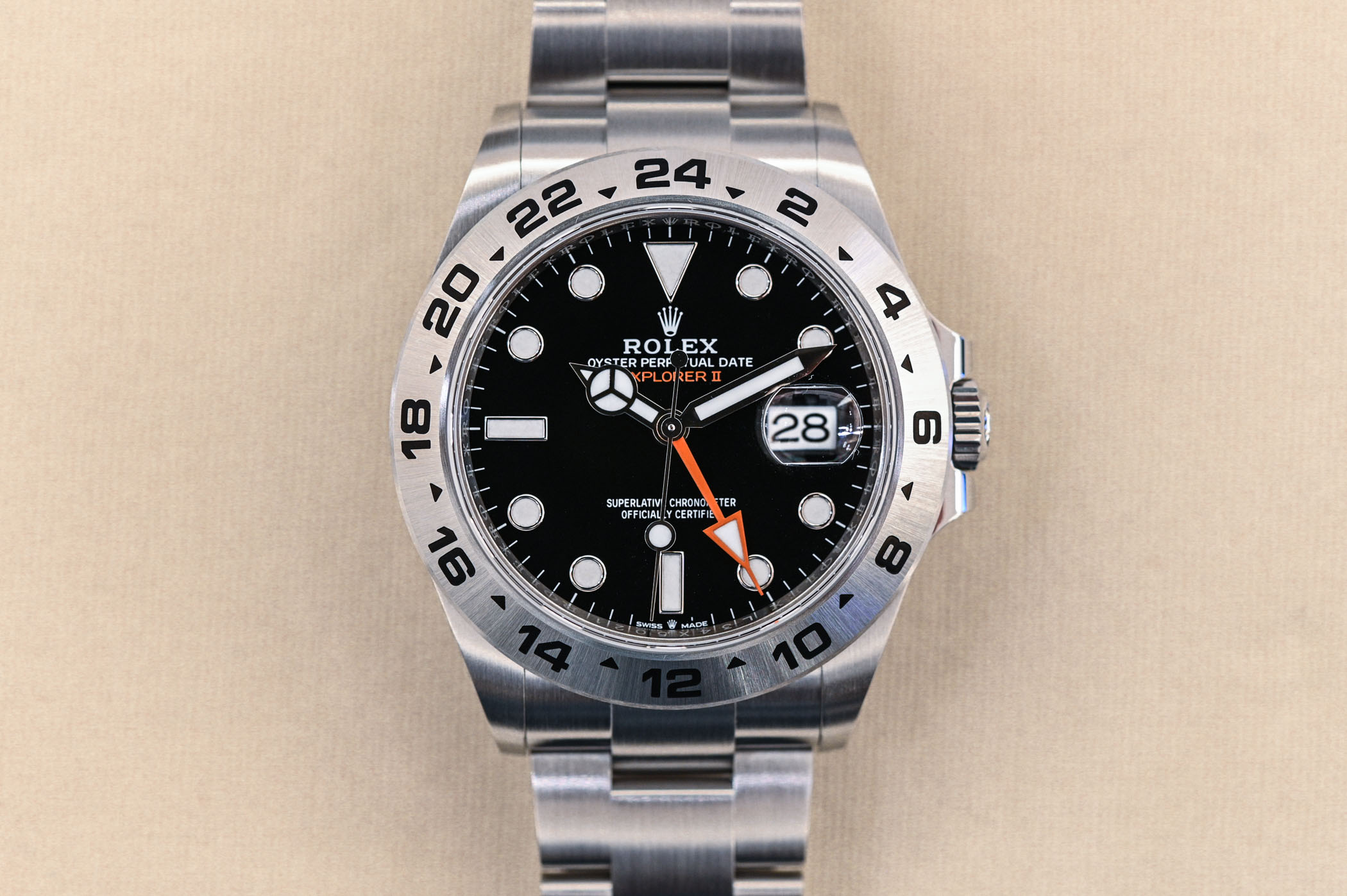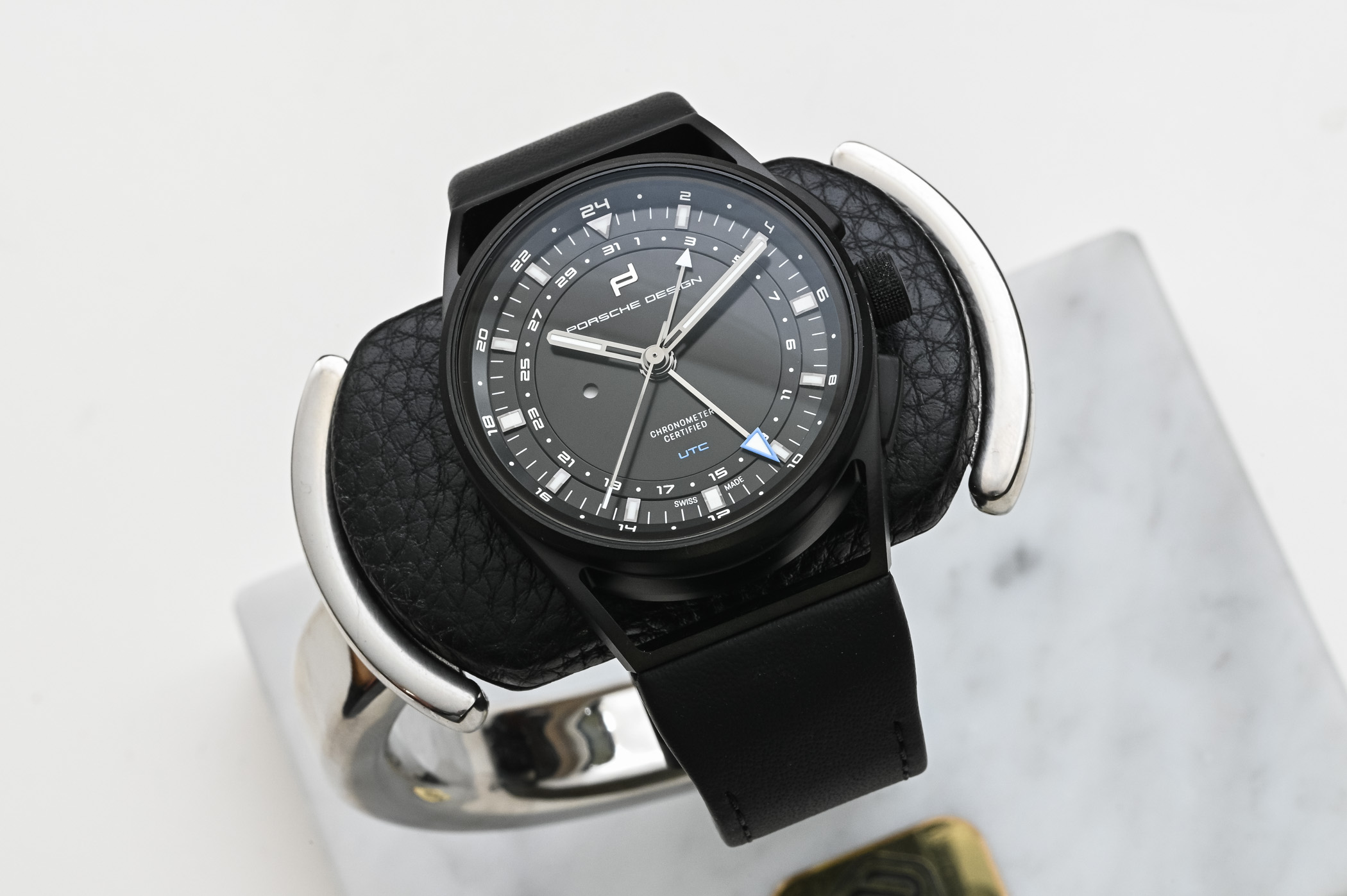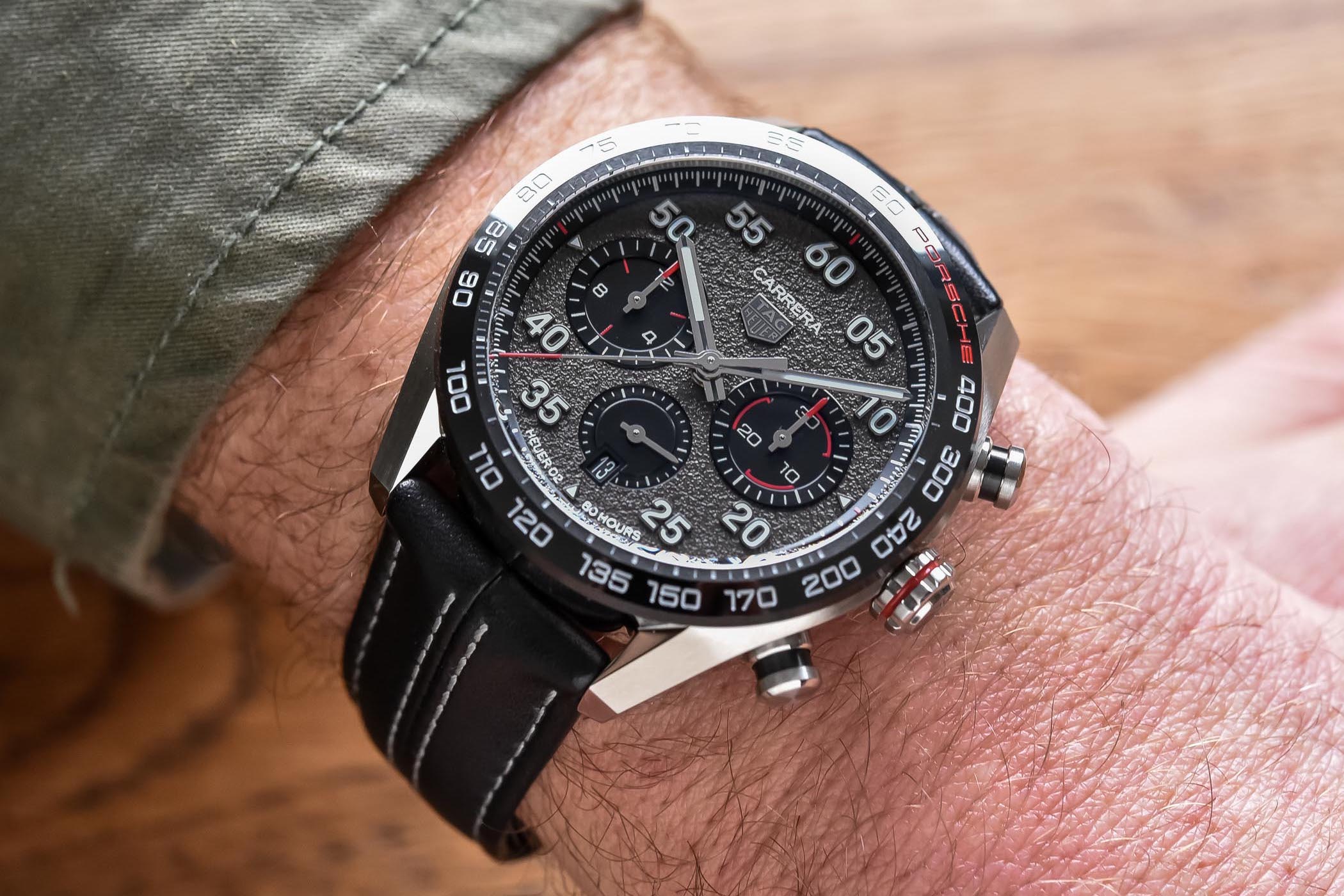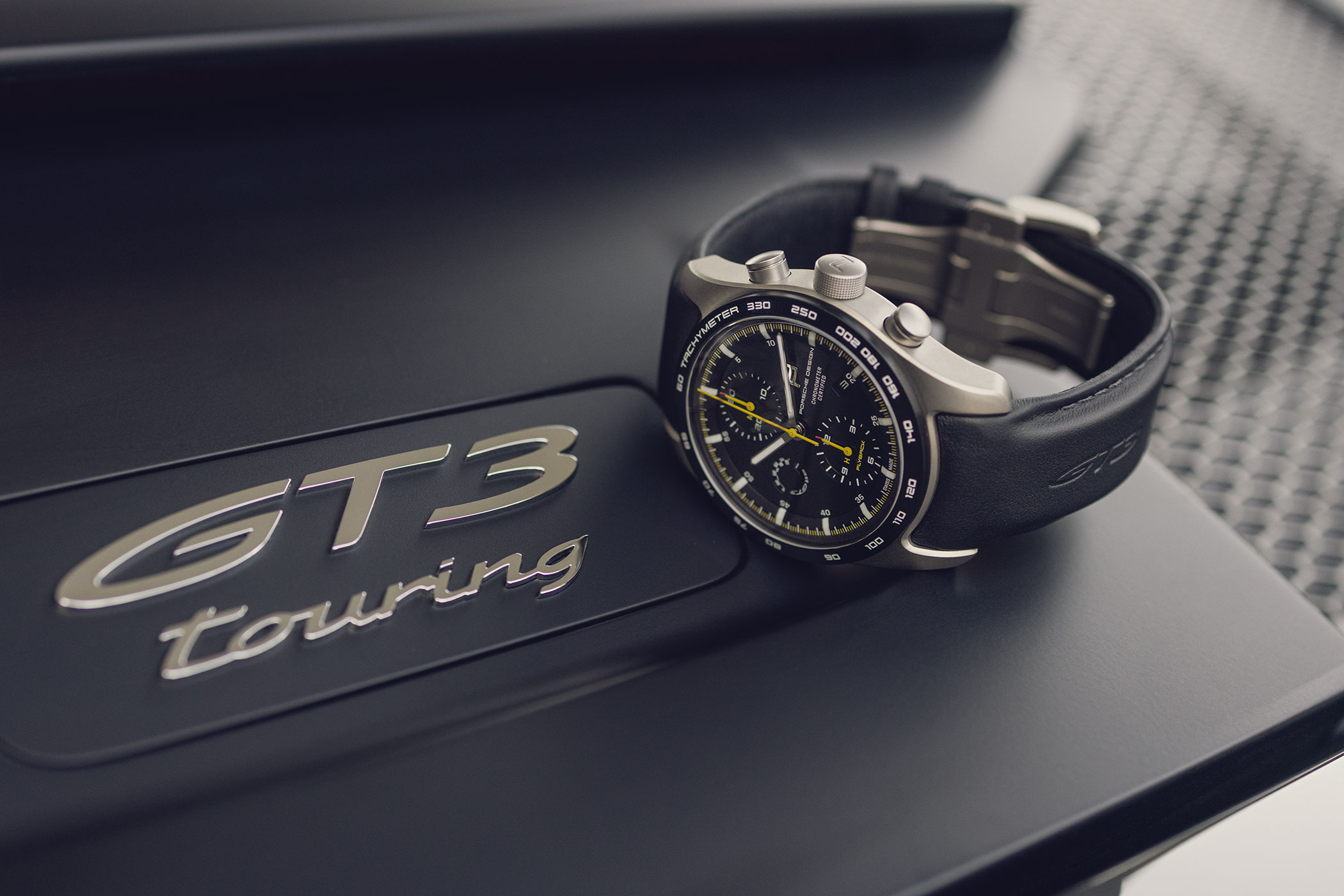Porsche Design
German/Swiss Independent luxury watch manufacturer

Ferdinand Alexander Porsche (nicknamed Butzi), Grandson of Porsche founder Ferdinand Porsche, is best known as the designer of the Porsche 911, one of the most iconic sports cars in history. He was less of an auto engineer like his father and grandfather, and more of a designer or "craftsman in shaping," most interested in coachwork. He also designed the Porsche 904, a sports car with a fiberglass body that was his favorite design for the company. Interestingly, the Porsche family eventually made a legal and business decision that kept the family out of its management, but Ferdinand couldn't sit on idle hands. He soon founded his own design company in 1972, Porsche Design, and the first product to emerge was a chronograph in the same year (manufactured by Swiss watchmaker Orfina). The Chronograph I was the first wristwatch to have an anti-glare PVD (Physical Vapor Deposition) black coating on the case and bracelet (and was also the first all black wristwatch). This matte finish gave the piece a stealthy and futuristic appearance, and it still looks surprisingly contemporary today. It was originally sold at Porsche dealerships as a driving accessory and housed a Valjoux 7750 calibre, still the most widespread chronograph movement today. The movement was later changed to a Lemania 5100 and the watch was used by the NATO alliance and several air forces around the world. Like the Porsche 911, the Chronograph I has become an icon and set the stage for all future Porsche Design luxury timepieces. The brand has always been dependent on outside companies for production, but cut ties with its last Swiss manufacturer in 2014, Eterna watches (following a Chinese acquisition), and now operates as an independent watchmaker. Jan Becker is the current CEO of Porsche Design with Porsche Design Timepieces AG headquartered in Zell am See, Austria (design) and Switzerland (production).
Porsche Design isn’t limited to timepieces, designing a wide range of products from clothing and sunglasses to pens and luggage, but all have some common themes – style, function and an unmistakable Porsche aesthetic. Timepieces are a major focus, however, with a dedicated branch leading design and production, Porsche Design Timepieces AG. Following the success of the Chronograph I in 1972, Porsche Design eventually left its original partner, Orfina, and began working with IWC in 1978. Their first collaborative piece was the Compass Watch in the same year, an all-aluminium piece with a liquid-filled compass underneath the main watch case. Simply lift the case from the front (via a rear hinge) to reveal the compass below. In 1980, the first production titanium wristwatch was produced, the Titan Chronograph, which was made possible by IWC’s revolutionary new tooling and production methods. The watch featured an integrated titanium bracelet and chronograph pushers that were “hidden” within the contours of the case. Titanium was expensive and notoriously difficult to work with at the time, and the Titan helped establish IWC as a major industry innovator.
The brand continued working with military entities and developed the Ocean dive line for both civilians and the German Army, Bundeswehr. Several versions were produced, including the Ocean 2000 that was water resistant to 2,000 meters, breaking the depth record at the time, and an anti-magnetic version for military divers clearing mines. The latter watch is a rare collectible today, known as the “Bund” edition with a red 3H logo at the top right of the dial. A smaller Ocean 500 was also produced and popular with women divers. IWC was Porsche Design’s most successful collaborator in terms of innovation and longevity, and the partnership had deep roots. Günter Blumlein (overseeing IWC, Jaeger-LeCoultre and A. Lange & Söhne) was part of the German firm VDO that made dials and gauges for Porsche (and other German auto companies), and the decision to partner with Porsche Design helped revive IWC during the quartz crisis. The partnership lasted for twenty years, until Porsche Design switched to Eterna for manufacturing in 1997 (following its acquisition in 1995). This was the start of the brand’s push to become an independent watch manufacturer.
One of the most interesting and innovative watches of the Eterna era is the P’6780 Diver, which features a case that pops up via a hinge at the bottom front (almost like a reverse concept of the Compass Watch). There wasn’t a compass or anything else hidden below, and the purpose was to have the dial facing the diver while the wrist was facing away. When the case was up, the internal bezel could also be turned, which was locked when folded back. This design had already been developed by Eterna for their own watch and adapted for Porsche Design. The titanium Worldtimer launched in 2007 and was the first watch to display a second time zone digitally (mechanically). This followed The Indicator from 2005, a chronograph that displayed the counting minutes and seconds digitally at the 3 o’clock position.
The two companies parted ways in 2014 (Eterna was also acquired by a Chinese firm) and Porsche Design continued as an in-house, independent brand. The 1919 Globetimer UTC is among their latest watches, allowing for a fast and efficient way to set the local time with the push of a button (no crown action required). When flying east, the top button advances the time by one hour and when flying west, the bottom button does the reverse action. Simple, functional and intuitive. “If you analyze the function of an object, its form often becomes obvious.” This was the credo of Ferdinand Alexander Porsche and the brand’s watches reflect this. Highly legible dials (often black with white indices and print), lightweight and durable titanium, and intuitive, innovative design elements are hallmarks of Porsche Design timepieces. They’ve never simply been associated with racing, etc., but are well considered timepieces that set records and industry firsts, and pushed beyond the quartz crisis with some of the most stylish and functional watches for both civilians and militaries around the world.

